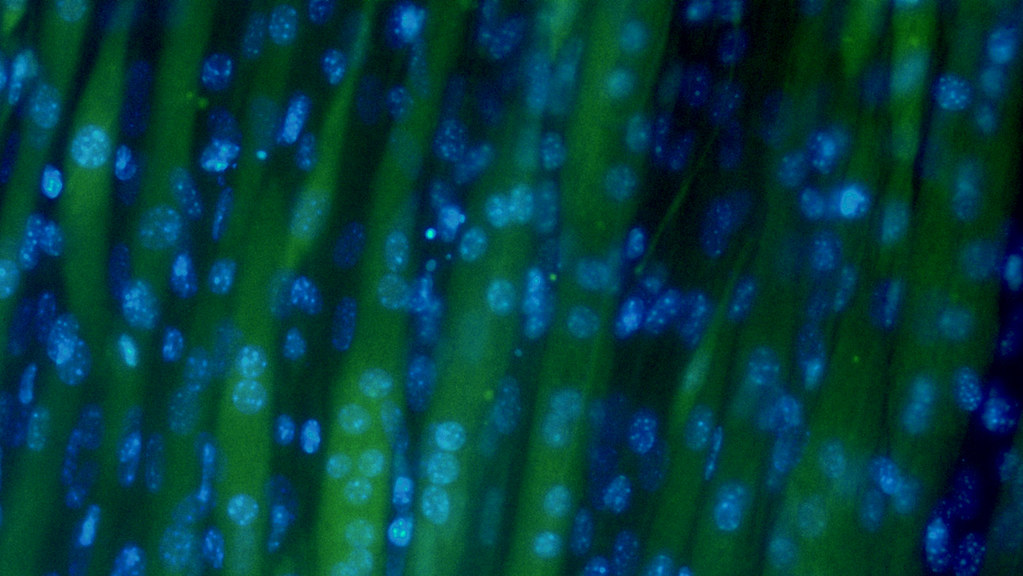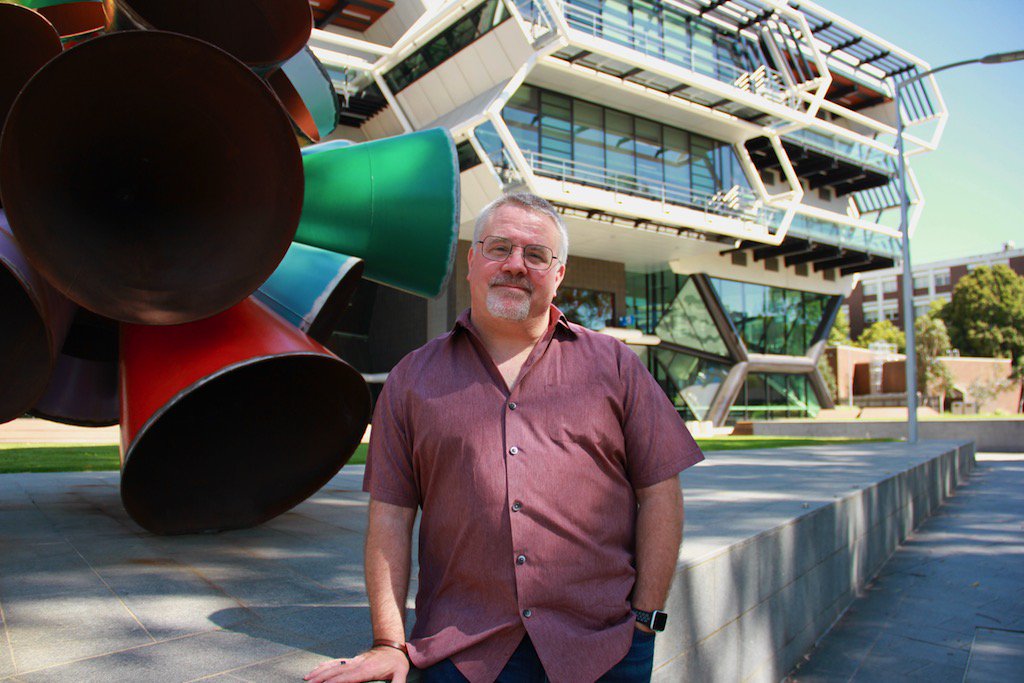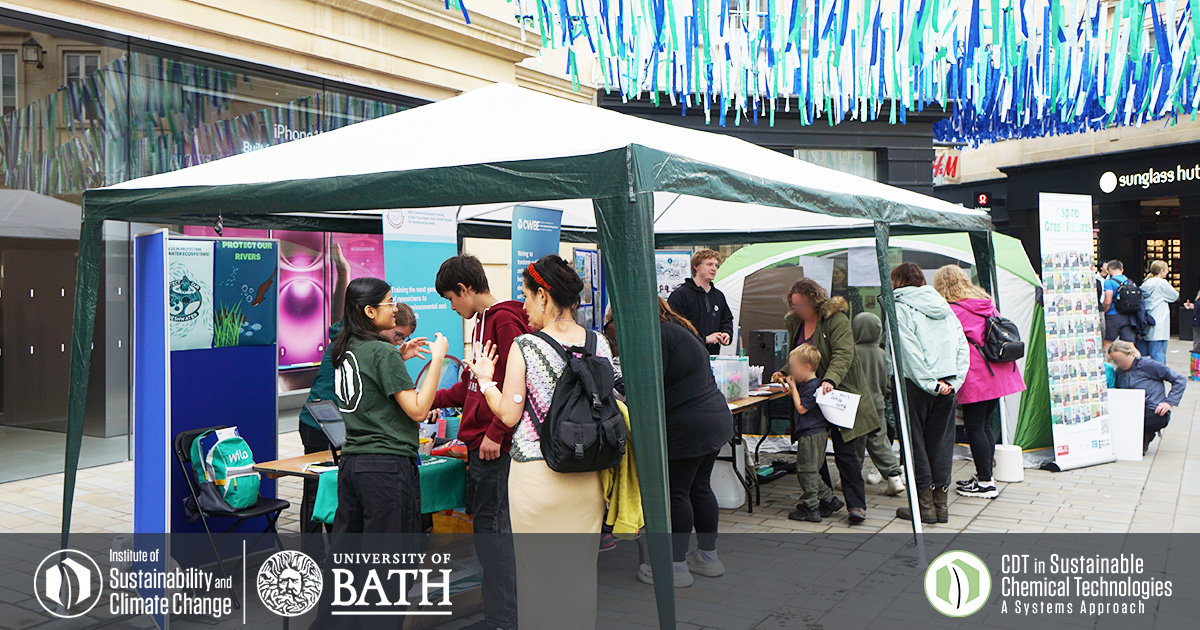
Building Public Understanding of Microplastics at the Festival of Nature
Some of our students were flexing their Public Engagement muscles at this year’s Festival of Nature in Bath. In proud collaboration with the Centre of Excellence in Water-Based Early-Warning Systems for Health Protection (CWBE) and the NERC Centre for Doctoral Training in Real-Time Digital Water-Based Systems (Red-ALERT CDT), they joined a wider team of researchers and science communicators to engage the public on a range of water-related environmental challenges.
While each group brought their own unique focus to the festival—reflecting the diversity of water research across the collaborating CDTs—our students zeroed in on one of the most urgent and invisible threats to aquatic ecosystems and public health: microplastic pollution. Through interactive displays and discussions, they invited attendees to explore the scale, sources, and potential solutions to this growing issue.
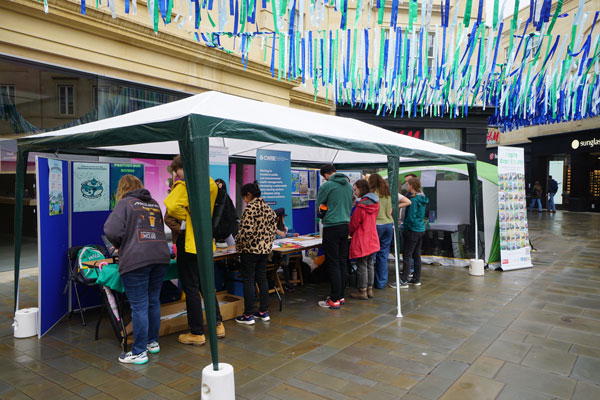
Making the Invisible Visible
Microplastics are tiny plastic particles, often invisible to the naked eye, that originate from a range of sources, including synthetic fabrics, personal care products, and the breakdown of larger plastic items. These particles end up in rivers, oceans, and even the air we breathe, posing a significant threat to wildlife and ecosystems.
Our students brought the topic to life through hands-on, interactive activities designed to engage all ages:
Plastic Waste vs Elephants
To demonstrate just how much plastic waste ends up in our environment each year, we invited visitors to balance a scale, on one side – some lab junk that represented 52 million tonnes of plastic waste, and on the other – a set number of wooden elephants. Each elephant on the scale represents one million elephants.
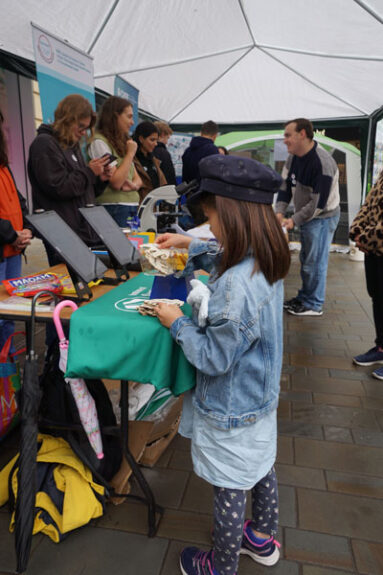
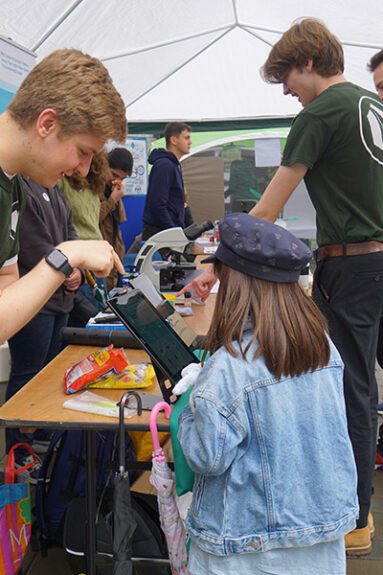
Admittedly, there was a slight oversight of the fact that only around half a million elephants exist in the world today. An unfortunate reality that gave the activity a second, sobering layer of environmental reflection. Still, the message was clear: the scale of plastic pollution is vast, and visualising it through something as iconic (and beloved) as elephants helped people connect emotionally with the numbers.
Sort the Microplastic Culprits
In this fast-paced tablet game, players sorted a variety of everyday products into two categories: those that release microplastics and those that don’t. From fleece jackets and glitter to wooden hairbrushes and toothbrushes, this game encouraged critical thinking about how our daily habits affect the environment, and left many surprised by the results! Give it a go:
Plastic Bags or Jellyfish?
Inspired by the plight of marine animals like sea turtles who often mistake plastic bags for prey, this visual quiz challenged players to identify whether the blurry, floating shapes on screen were jellyfish or plastic. It’s harder than it sounds, and it powerfully illustrated why plastic waste is so dangerous in aquatic environments. The game also opened the door for conversations about positive changes in industry, such as biodegradable bags now offered by retailers like Co-op, and why these alternatives matter. Give it a go:
These activities didn’t just inform the public—they also played a crucial role in sharpening the public engagement skills of our students.
I had a great time at the event speaking to the public about microplastics in our water. I was struck by how many people wanted to make a positive change with the most common questions being about how they can make small changes to their lifestyles to reduce the amount of microplastic which ends up in our water supply. I also enjoyed developing a web-game for the event which informed the public about everyday items which can release microplastics. It was a fun and challenging experience learning to code in a new programming language, so seeing adults and children engage with the game and take an interest in the research was very rewarding.
Oli Fryatt
At CSCT, we believe that the ability to communicate science clearly and confidently is a core skill for the modern researcher. Public engagement isn’t an optional extra, it’s a vital part of being a scientist today. Events like the Festival of Nature offer invaluable, real-world opportunities for our students to connect with diverse audiences, listen to different perspectives, and grow as communicators and collaborators.
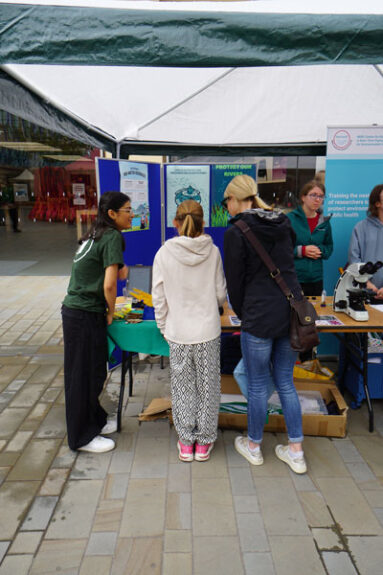
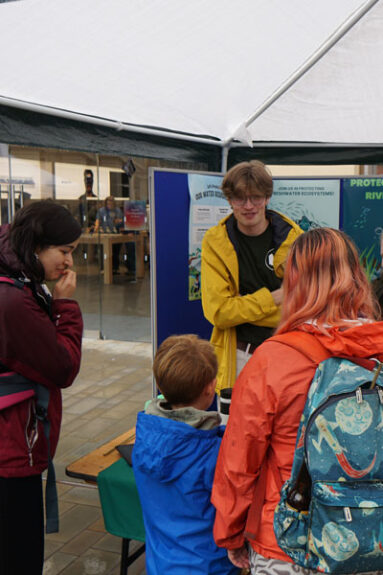
It was so great to see how curious and engaged everyone was at the event. The plastic teabag in our sorting game really got people talking, lots of questions about how to spot certain symbols and choose sustainable products. We could really feel how interested people were and how eager they were to learn more. It made the whole experience feel so meaningful.
Subha Pradhan
Beyond the Problem: Signs of Real Progress
Importantly, the dialogue didn’t stop at identifying the issue. Our students also spotlighted the global progress being made—from innovations in science and engineering to policy reforms and public action.
One particularly exciting recent development comes from Japan, where researchers have created a seawater-degradable plastic that could represent a major leap forward in tackling marine plastic waste. Developed by scientists at the RIKEN Center for Emergent Matter Science and the University of Tokyo, this new material breaks down into harmless, even nutritious compounds for ocean bacteria within just 2 to 3 hours of contact with seawater.
As one of the lead researchers, Professor Takuzo Aida, put it:
“Children cannot choose the planet they will live on. It is our duty as scientists to ensure that we leave them with the best possible environment.”
This sentiment captures the spirit of what our students shared at the Festival: a sense of responsibility, yes, but also a sense of hope. The scale of the microplastic problem is vast, but recent studies suggest it may be more manageable than previously believed, with new technologies and scientific breakthroughs providing real avenues for progress.
Inspiring Change Through Conversation
What stood out most was the quality of conversation – curious, hopeful, and solution-oriented. Our students helped foster a space where members of the public could learn, reflect, and feel empowered to make a difference. Whether it was a child marveling at a microscope slide of plastic fibers, or a parent reconsidering laundry habits, these small moments of awareness can ripple outward.
Follow us




